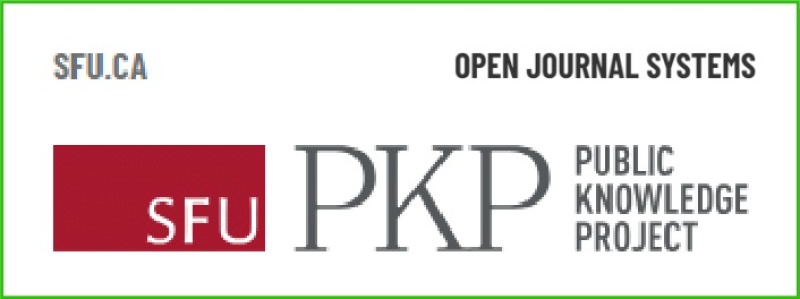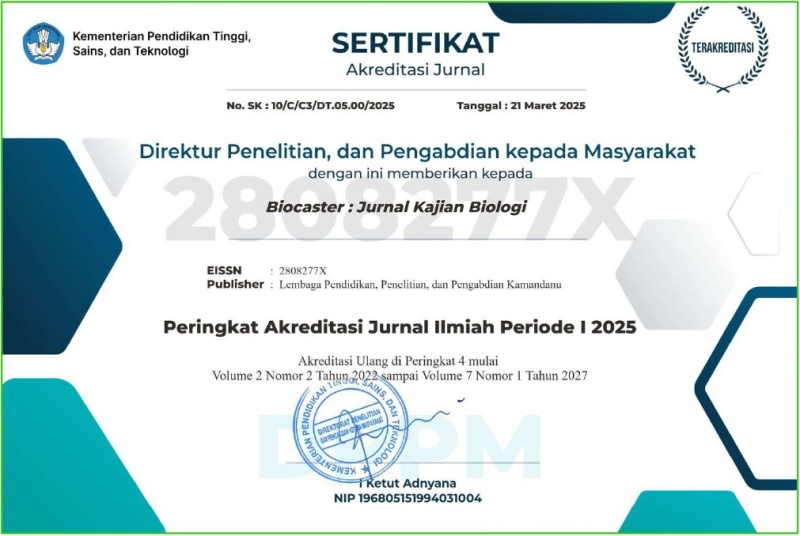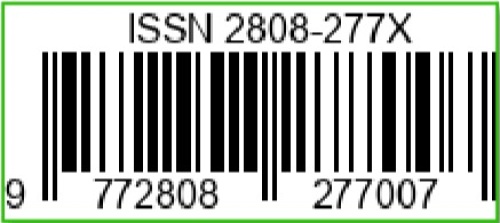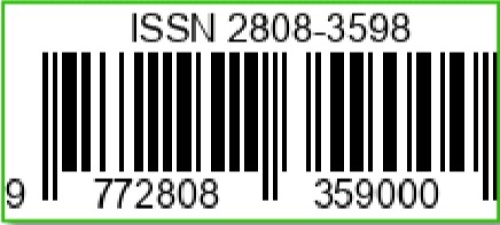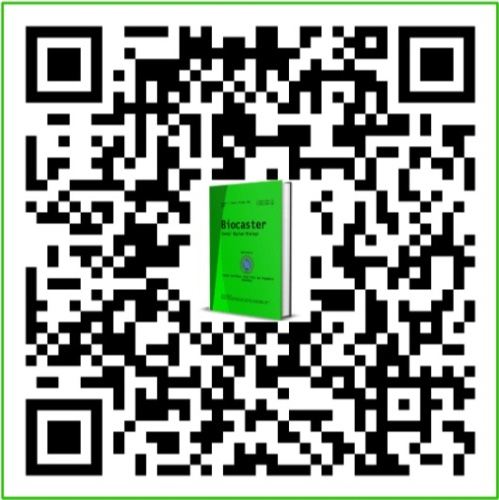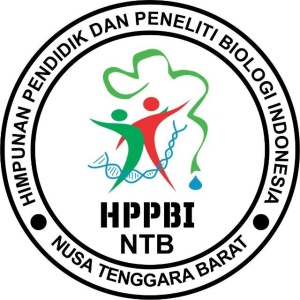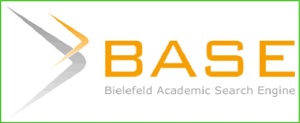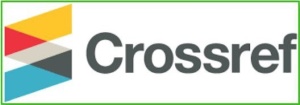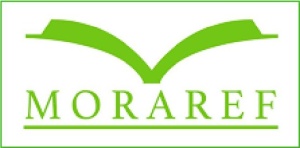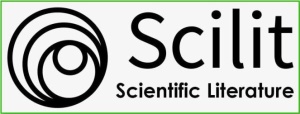Penerapan Pembelajaran Berbasis Masalah dalam Meningkatkan Sikap Kepedulian Lingkungan Siswa
DOI:
https://doi.org/10.36312/bjkb.v1i1.18Keywords:
Application, Problem-Based Learning, and Environmental Concern.Abstract
This research was conducted on the basis of concern for the behavior of people who seem indifferent to environmental problems that occur in the surrounding environment, as well as the hope to form a younger generation who cares and has better environmental ethics. This study aims to determine the effectiveness of problem-based learning in increasing students' environmental awareness, especially in cases of global environmental problems. This research method uses Quasi Experimental with One Group Pretest-Posttest Design and purposive sampling. The data was obtained through an attitude scale of environmental concern based on the level of attitude domain according to Krathwohl, Bloom, and Masia. The results show that the problem-based learning model through the use of global environmental problems is effective in increasing students' environmental awareness. This is indicated by the gain index value of 0.52 which is included in the medium category and the average attitude value is above the Minimum Completeness Criteria (KKM) which is 81.4. The environmental awareness attitude indicator that has the highest value is caring or aware with a value of 95, and the lowest is commitment with a value of 55. The results of this study are expected to be implemented in daily learning activities to familiarize students with caring and good character. to the surrounding environment.
Downloads
References
Akçay, B. (2009). Problem Based Learning in Science Education. Journal of Turkish Science Education, 6(1), 26-36.
Anderson, L. W., & Krathwohl, D. (2001). A Taxonomy for Learning, Teaching, and Assessing (A Revision of Bloom’s Taxonomy of Educational Objectives). New York: Longman.
Arends, R. I. (2008). Learning to Teach (Belajar untuk Mengajar) Edisi Ketujuh dalam Bahasa Indonesia. Yogyakarta: Pustaka Pelajar.
Arikunto, S. (2009) Dasar-dasar Evaluasi Pendidikan (Edisi Revisi). Jakarta: PT. Bumi Aksara.
Berthouex, P. M., & Brown, L. C. (2017). Chemical Processes for Pollution Prevention and Control. Boca Raton: CRC Press.
Bilgin, I., Şenocak, E., & Sözbilir, M. (2009). The Effect of Problem Based Learning Instruction on Students Performance of Conceptual and Quantitative problem in Gas Concepts. Eurasia Journal of Mathematics, Science, and Technology Education, 5(2), 153-164. https://doi.org/10.12973/ejmste/75267
Boediono, & Koster, W. (2002). Teori dan Aplikasi Statistika dan Probabilitas. Bandung: PT. Remaja Rosdakarya.
Cahyadi, A. (2009). Retrieved October 4, 2021, from anicahyadi.blogspot.com. Interactwebsite: http://anicahyadi.blogspot.com/2009/02/problem-solving.html.
Chin, C., & Chia, L. G. (2009). Implementing Problem Based Learning in Biology. Journal of Biological Education, 38(2), 69-75. https://doi.org/10.1080/00219266.2004.9655904
Dahar, R. W. (2012). Teori-teori Belajar dan Pembelajaran. Jakarta: Erlangga.
Delisle, R. (1997). How-to Use Problem-Based Learning in The Classroom. Virginia: Association for Supervision and Curriculum Development (ASCD) Alexandria.
Fraenkel, J. R., Wallen, N. E., & Hyun, H. H. (2011). How to Design and Evaluate Research in Education 8th edition. New York: McGraw-Hill Companies.
Hapsari, D. S. (2013). Retrieved July 5, 2021, from detikfood. Interactwebsite: https://food.detik.com/info-kuliner/d-2261616/penurunan-keanekaragaman-hayati-ancaman-serius-persediaan-pangan-dunia.
Himpunan Pemerhati Lingkungan Hidup Indonesia. (2011). Retrieved July 5, 2021, from HPLI. Interactwebsite: http://www.hpli.org/.
Irwanto. (2012). Retrieved February 25, 2021, from Google Scholar. Interactwebsite: https://scholar.google.co.id/citations?view_op=view_citation&hl=en&user=sKdNeH4AAAAJ&citation_for_view=sKdNeH4AAAAJ:p__nRnzSRKYC.
Jatmiko, B. P. (2013). Retrieved February 24, 2021, from Kompas. Interactwebsite: https://nasional.kompas.com/read/2013/06/15/10091516/Pertumbuhan.Penduduk.Dunia.Lampaui.Prediksi?page=all.
Jones, J. C. (2008). Retrieved April 7, 2021, from Amazon. Interactwebsite: https://www.amazon.com/ATMOSPHERIC-POLLUTION-PROF-CLIFFORD-JONES-ebook/dp/B094H8T6B4/ref=sr_1_5?dchild=1&qid=1631166673&refinements=p_27%3APROF.+DR+J.+CLIFFORD+++JONES&s=digital-text&sr=1-5&asin=B094H8T6B4&revisionId=eaab2e27&format=1&depth=1.
______. (2013). Retrieved April 7, 2021, from Amazon. Interactwebsite: https://www.amazon.com/GLOBAL-TRENDS-PATTERNS-CARBON-MITIGATION-ebook/dp/B093CKHH7D/ref=sr_1_7?dchild=1&qid=1631167507&refinements=p_27%3APROF.+DR+J.+CLIFFORD+++JONES&s=digital-text&sr=1-7.
Keziah, A. (2010). A Comparative Study of Problem Based and Lecture Based Learning in Secondary School Students Motivation to Learn Science. International Journal of Science and Technology Education Research, 1(6), 126-131.
Krathwohl, D. R., Bloom, B. S., & Masia, B. B (1999). Taxonomy of Educational Objectives: Affective Domain. New York: Longman Pub Group.
Natural Resources Defense Council. (2011). Retrieved April 7, 2021, from NRDC. Interactwebsite: https://www.nrdc.org/search#?cludoquery=An%20Introduction%20to%20Climate%20Change&cludopage=1.
Rustaman, N., Dirdjosoemarto, S., Yudianto, S. A., Achmad, Y., Subekti, R., Rochintaniawati, D., & Nurjhani, M. (2005) Strategi Belajar Mengajar Biologi. Malang: UM Press.
Schulze, E. D., Beck, E., & Hohenstein, K. M. (2005). Plant Ecology. Berlin: Springer.
Slameto. (2010). Belajar dan Faktor-faktor yang Mempengaruhinya. Jakarta: PT. Rineka Cipta.
Solomon, E. P., Berg, L. R., & Martin, D. W. (2008). Biology: Eight Edition. New York: MacMillan College Publishing Company.
Sudjana. (2005). Metode Statistika. Bandung: Tarsito.
Sugiyono. (2010). Metode Penelitian Pendidikan. Bandung: CV. Alfabeta.
Suriasumantri, J. S. (2010). Filsafat Ilmu: Sebuah Pengantar Populer. Jakarta: Pustaka Sinar Harapan.
Tan, O. S. (2006). Problem-Based Learning Pedagogies: Psychological Processes and Enhancement of Intelligences. Educational Research for Policy and Practice, 6(2), 101-114. https://doi.org/10.1007/s10671-007-9014-1
Wood, D. F. (2003). Retrieved July 10, 2021, from thebmj. Interactwebsite: https://www.bmj.com/content/326/7384/328.
Yeung, E., Chiu, T., Mok, N., & Lai, P. (1999). Retrieved April 7, 2021, from ResearchGate. Interactwebsite: https://www.researchgate.net/profile/Ella-Yeung/publication/267952821_Application_of_Problem_Based_Learning_Strategies_to_Enhance_Clinical_Reasoning_and_Self-Directed_Learning_Skills_in_a_University_Physiotherapy_Program/links/561f1eca08aecade1acd2bfc/Application-of-Problem-Based-Learning-Strategies-to-Enhance-Clinical-Reasoning-and-Self-Directed-Learning-Skills-in-a-University-Physiotherapy-Program.pdf.

Downloads
Published
How to Cite
Issue
Section
License
Copyright (c) 2021 Wanis Haryati, Rima Widyantari, Sofiana Lestari, & Hanan Afif

This work is licensed under a Creative Commons Attribution-ShareAlike 4.0 International License.
-
Attribution — You must give appropriate credit, provide a link to the license, and indicate if changes were made. You may do so in any reasonable manner, but not in any way that suggests the licensor endorses you or your use.
-
ShareAlike — If you remix, transform, or build upon the material, you must distribute your contributions under the same license as the original.

